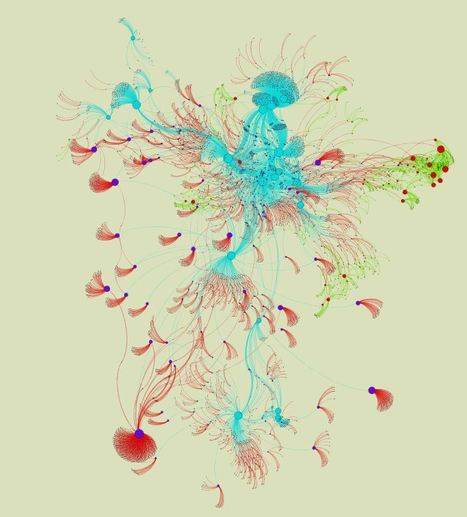My classmates and I are in the Design for Social Innovation program because we identified problems in our communities, companies, or cultures and are keen to figure them out. But before talking about any solution or outcome, one must first frame the problem—by thoughtfully examining the system it’s part of to understand where and how to get involved.
Learning to use systems thinking, a holistic approach to problem solving that emphasizes contextual understanding, has helped me with team management, project planning, creative work, and even relationships. And for wicked problems like healthcare that confront business, nature, and society, it’s proving to be imperative.So, where to even begin? “We have to invent boundaries for clarity and sanity,” advises systems thinking pioneer Donella Meadows. Sometimes a simple infographic works to tell the story. Designing visual maps and models helps us immediately find connections and describe relationships. Creating models helps in seeing the big picture and one's place within it.
Via
Lauren Moss,
michel verstrepen



 Your new post is loading...
Your new post is loading...











I’ve become quite the fan of Gephi, lately, and received a good-natured challenge by one of my colleagues, which went something like, “Why is a everything a network with you, now?” Obviously, in the case of social network-like phenomena, such as mapping collaboration in the Digital Humanities with the DH@Stanford graph–network theory and network language (whether visual or theoretical) make sense. Network analytical tools like Gephi are also only a short step away from spatial analytical tools, like ArcGIS, many of which are used to ask questions about geographic networks and not about the kind of continuous data found in topography.